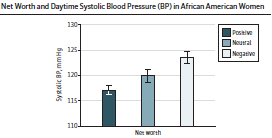carcinogen update, now including H Pylori
The NIH/National Toxicology Program recent Report on Carcinogens (RoC), mandated by congress, has an updated carcinogen list just published with hyperlinks to background documents: https://ntp.niehs.nih.gov/whatwestudy/assessments/cancer/completed/ . the National Institute of Environmental Health Services of the NIH also has an alphabetical list in their 15 th report (see https://ntp.niehs.nih.gov/ntp/roc/content/listed_substances_508.pdf ). It is notable in these reports that (finally) H Pylori has made it onto the lists as a new member of the crew. I am bringing the H pylori aspect up now, since there are many newer blog readers who may not have seen the plethora of my old blogs on H Pylori (see http://gmodestmedblogs.blogspot.com/search?q=h+pylori ), which make the following points: 1. H Pylori is the most prevalent bacterial infection in the world, more than 50% of people are infected 2. Both symptomatic and asymptomatic cases are associated with i
